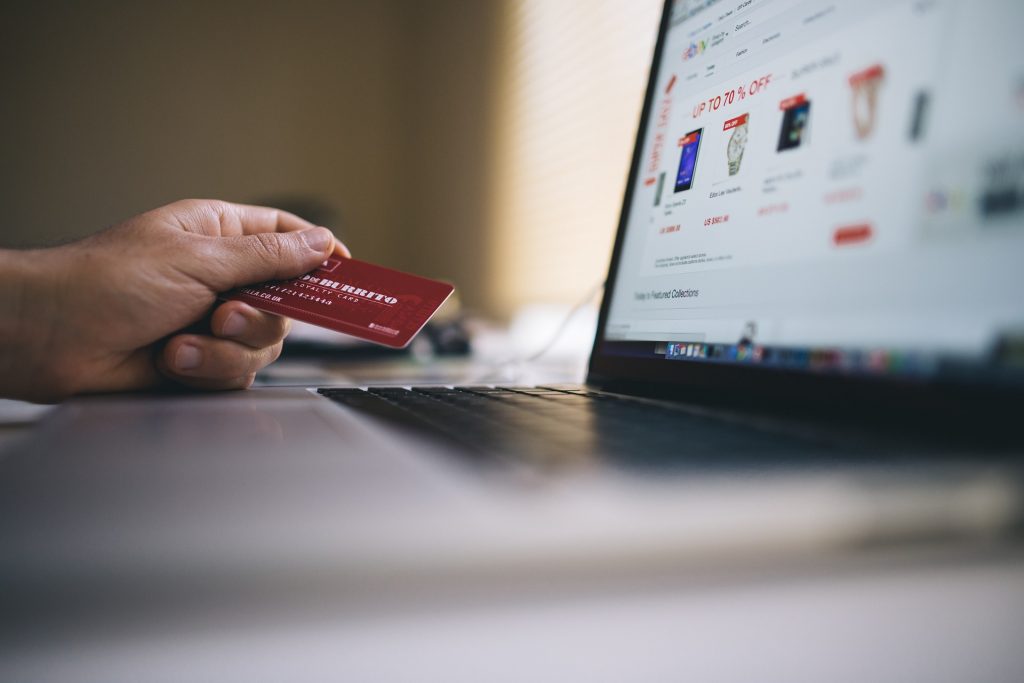What will it take to align US gaming payments with the wider ecommerce ecosystem? iGB talks to Global Payments president Christopher Justice to find out.
 On 9 January 2007, Steve Jobs walked onto stage at the MacWorld Expo with a little black piece of glass and metal in his hand.
On 9 January 2007, Steve Jobs walked onto stage at the MacWorld Expo with a little black piece of glass and metal in his hand.
“We’re gonna make some history together today,” he said, holding up the new gadget.
In the 15 years since the iPhone burst onto the scene, the smartphone has transformed the way we live: shrinking the world and connecting us all. We spend half our lives staring at its screen – and when yours is gone or smashed, it’s not unusual to experience a feeling something like phantom limb syndrome.

And the changes the smartphone has wrought on the commercial realm, especially in payments, are in some ways even more total. Consumers expect to be able to pay with a push of a button and have the product shipped to their front door without friction or inconvenience. They are not going to accept payment delays, analogue systems or being taken up the garden path.
This has long been a problem in gaming where, in most jurisdictions, strict anti-money laundering, know your customer and social responsibility requirements complicate the payment process and push that level of ease out of reach.
Clicks kill
“When you get into the gaming space in the US the payments rules and regulations and the gaming rules and regulations really don’t operate in the same way,” says Global Payments president and member of American Gaming Association (AGA) board of directors Christopher Justice.
Justice paints a picture of an industry riddled with legacy technology that is increasingly out of touch with how consumers are spending their money elsewhere.

“Part of it is how they’ve all come together coupled with technology that was built so many years ago that’s not really adapted to the fact that the majority of Americans have a smartphone in their pocket,” he said. “Three quarters of all retail transactions are done in self-service. Half of all holiday purchases last year were done on a mobile phone.
“All of these various stats pointing to where we’re moving as a society are dramatically different than what’s actually happening in the casino market primarily because it’s just built on models of yesterday.
“Part of the challenge then is consumers don’t understand why I can go onto Amazon.com, push a button, order dog food and the Uber driver is going to deliver it to my door before noon – all the while I go to the casino and I’ve got these hoops to jump through,” says Justice. “At the end of the day, we look at the gaming market very similarly to ecommerce, where clicks kill.”
Squaring the circle
Justice says the problem is compounded by mobile, which operates in a smaller environment than desktop and makes the need for more efficient payment methods even more acute.

“Unlike a computer with a keyboard and a much bigger landscape in which to operate, mobile is far more like electronic buying. So we are minimising those keystrokes, making the process easy whereby a guest can go from jurisdiction to jurisdiction, property to property, and still have access to the money they need in order to fund their gaming entertainment.”
Justice says that the way to square this circle is to create an interconnected ecosystem that does discriminate between online and land-based offerings. He uses the example of Global Payments’ own omnichannel product as an example of this in action.
“So how we are really trying to address these things is the fact that we are creating an interconnected ecosystem. Our VIP Preferred programme, which has more than three million consumers, grows by about 35,000 to 40,000 members every month, which are consumers that are enrolling or getting their KYC done at either brick-and-mortar casinos or one of our online locations.”
The company’s VIP Preferred offering that Justice mentions is a B2C e-check system. The system allows a user to electronically transfer funds to ilottery or casinos where other payments might not work.
The TITO payment system
Global Payments has also found success leveraging existing casino infrastructure for its own ends.
Since the 1990s, most slots in the US operate under a ticket-in, ticket-out or TITO system. A slot prints a piece of paper with a barcode in that can be redeemed at the cage, rather than emptying of physical coins, as is the popular stereotype.
The company’s VIP Mobility product builds and expands upon this system, enabling the business to work within the existing compliance framework that a casino has, instead of constructing a new one from whole cloth.
The system allows users to make digital tickets that connect to a slot or table game with a QR code. Funds can be quickly transferred in or out – or used for non-gaming services at the casino.
“Our approach is very different because we’re the only system that leverages the TITO infrastructure which has been in place for 20 years,” said Justice. “The reason we do that is because everything is tracked and auditable. Since we’re warranting the funds moving in and out, we’ll balance every day to the penny across the entirety of the resort.
“Leveraging that infrastructure allows that to be done, so we’re not creating new processes and opening the door to new compliance avenues like you would if you were using a wagering account-based system.
“The result of all of that is the way our system is built helps to facilitate and maintain the existing compliance a casino has already. There’s no AML footprint because it’s all electronic sources of funds that are already known.
Critical mass
Justice believes that the trends that have brought omnichannel payments to this point are on the verge of hitting critical mass in 2023.

“If you look at a typical bell-shaped curve of a product introduction, we are really at the end of that early adopter phase moving into the fast follower stage,” says Justice. “2023 is going to be a remarkable year, in which more and more people will be investing in cashless solutions. It’s a natural evolution because, as I mentioned earlier, three quarters of all transactions in the US and retailers are self-service today.”
“People don’t want to stand in line, they don’t want face to face conversations, they don’t want any of that stuff. As we move into cashless, it is hand in glove with where we are going as a society. Then when you look at the mobile purchases that were made last holiday season, everybody’s on their mobile phone.”
Justice also pushes against characterisations of online consumers as some kind of mass of 20-something trendy digital-natives who engage differently with technology than the day-to-day American consumer.
“It used to be I would have people tell me that my customers are too old: they’re not tech savvy enough to do this,” says Justice.
“Well, the fact of the matter is when we look at the typical demographic of our database, it’s a 55-year-old plus female. They’re on their Android, they’re on their iPhone, they’re using this technology.
“Were really finding this to be a tremendous convergence that’s driving forward. I think 2023 will be the year that we start to see mass adoption.”












